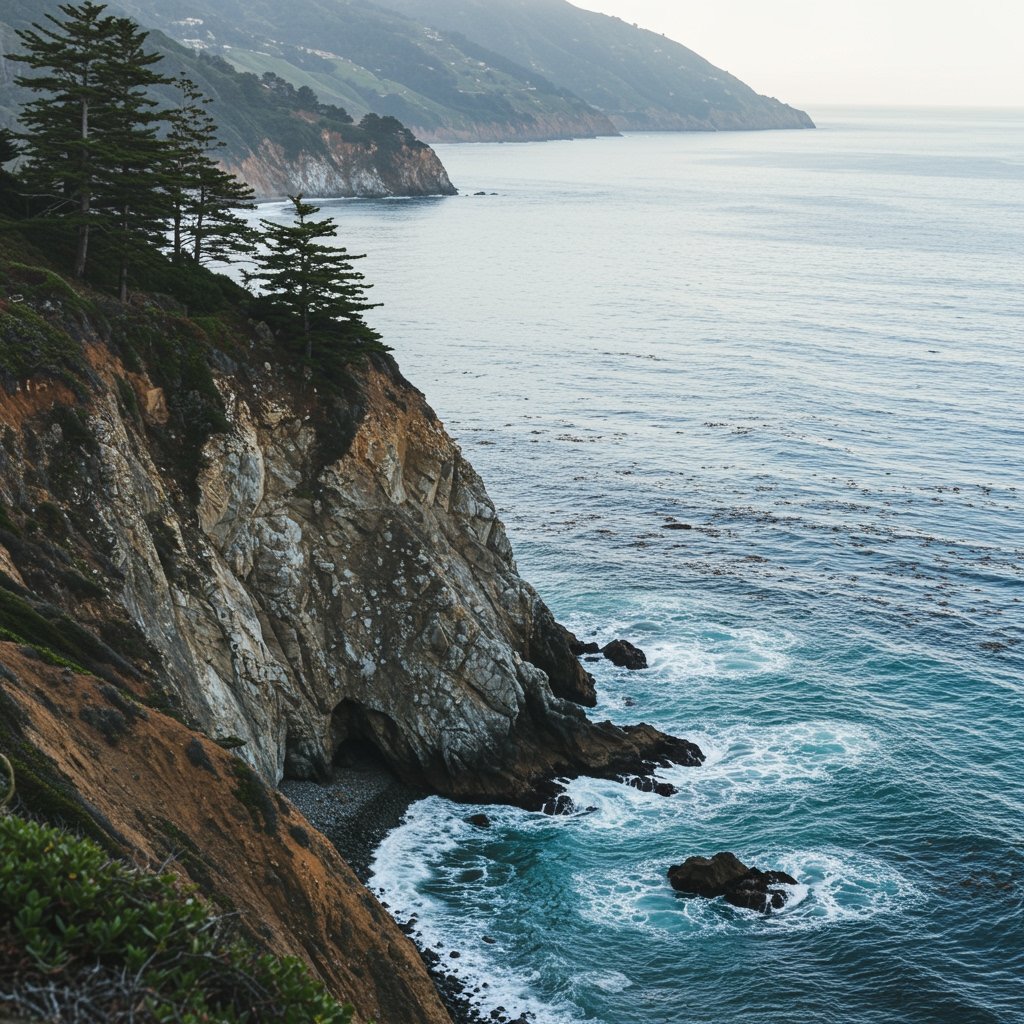California Assembly Committee Advances Coastal Infrastructure Funding Bill (AB 123)
Sacramento, CA – In a significant move poised to bolster California’s vital coastal economy and enhance resilience against environmental challenges, the Assembly Committee on Tourism and Coastal Resources voted decisively on February 24, 2025, to advance Assembly Bill 123. The bill, a key legislative effort spearheaded by Assemblymember Maria Rodriguez (D-LA), proposes a substantial $50 million investment over the next two fiscal years, commencing July 1, 2025. This dedicated funding targets critical infrastructure upgrades and crucial environmental protection initiatives along the state’s expansive 840-mile coastline.
AB 123 emerged from a growing recognition within the state legislature of the urgent need to address the impacts of climate change, particularly rising sea levels and coastal erosion, on California’s valuable coastal assets. The state’s tourism industry, heavily reliant on its iconic coastline, generates an estimated $145 billion annually. Preserving the integrity of beaches, access points, and coastal infrastructure is paramount to sustaining this economic engine and ensuring continued public enjoyment of these natural resources.
Bill’s Focus: Infrastructure and Environment
The proposed $50 million allocation is earmarked for specific types of projects deemed essential for both protecting coastal communities and enhancing the visitor experience. These include fortifying existing structures vulnerable to erosion and sea-level rise, improving public access points to ensure equitable enjoyment of the coast, and undertaking environmental restoration efforts critical for ecological health and natural buffering against coastal hazards.
Among the projects specifically highlighted are vital seawall repairs near Monterey, an area facing significant challenges from erosion and wave action impacting infrastructure and coastal access. In San Diego County, the bill aims to fund improvements to public access points, making it easier and safer for residents and tourists alike to reach and utilize the beaches and coastal trails. Further north, wetland restoration in Humboldt Bay is targeted, recognizing the critical role wetlands play in providing habitat, filtering water, and offering a natural defense against storm surges and rising tides.
Committee Deliberation and Vote
The Assembly Committee on Tourism and Coastal Resources, charged with overseeing legislation related to the state’s travel industry and coastal management, held a robust hearing on February 24, 2025. Members discussed the merits of AB 123, weighing the significant economic benefits of the tourism sector against the increasing costs associated with climate change impacts. Proponents, including Assemblymember Rodriguez, emphasized the proactive nature of the bill, framing the investment as necessary to safeguard both the environment and the economy for future generations. Concerns raised during the hearing primarily centered on the scale of funding required statewide versus the amount proposed and the potential need for more comprehensive long-term planning.
Following deliberation, the committee cast its votes. The measure received strong bipartisan support, passing with an 8-3 vote. This affirmative vote signals the committee’s acknowledgment of the pressing need for dedicated funding to address coastal vulnerabilities and support tourism infrastructure, clearing the bill’s first legislative hurdle.
The Urgency of Coastal Investment
California’s coastline is a national treasure, attracting millions of visitors each year and supporting countless businesses. However, it is increasingly under threat from the accelerating impacts of climate change. Rising global temperatures lead to higher sea levels, which in turn exacerbate coastal erosion, threaten beachfront properties, critical infrastructure like roads and utilities, and natural habitats. Extreme weather events, becoming more frequent and intense, also pose significant risks.
Investing in infrastructure resilience, such as repairing seawalls and exploring nature-based solutions like wetland restoration, is crucial for protecting existing assets. Simultaneously, improving public access points is vital for ensuring that the economic benefits of coastal tourism are broadly shared and that the public can continue to enjoy the natural beauty of the coast safely and effectively. Projects like those envisioned in Monterey, San Diego, and Humboldt Bay represent targeted efforts to address specific, urgent needs along different segments of the vast California coast.
Next Steps for AB 123
With the positive vote from the Assembly Committee on Tourism and Coastal Resources on February 24, 2025, Assembly Bill 123 now advances in the legislative process. The bill is scheduled to be heard on the full Assembly floor. This next stage will involve further debate and a vote by the entire membership of the California State Assembly. If it passes the Assembly, AB 123 will then move to the State Senate for consideration before potentially heading to the Governor’s desk for signature. The fate of the $50 million allocation for coastal infrastructure and environmental protection now rests with the broader legislative body, with proponents hopeful that the Assembly will recognize the critical importance of this investment for California’s future.



















